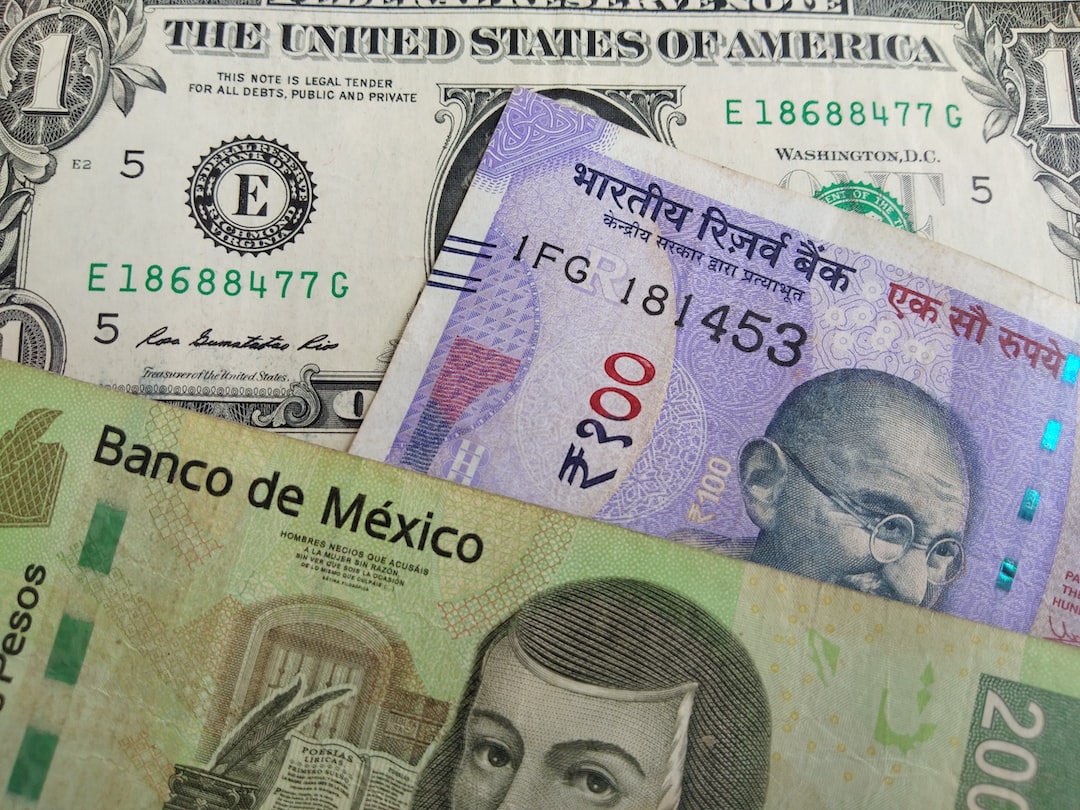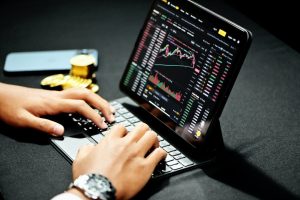Raspberry Pi is a small, credit-card sized computer that can be used for a variety of applications, including forex strategy making. Forex trading is a complex and dynamic market that requires traders to constantly monitor and make decisions based on market trends and economic indicators. With the help of a Raspberry Pi, traders can automate their forex trading strategies and make more informed decisions.
Here are the steps to use Raspberry Pi for forex strategy making:
Step 1: Set up your Raspberry Pi
Before you can start using your Raspberry Pi for forex trading, you need to set it up. You will need a Raspberry Pi, a power supply, an SD card, and a keyboard and mouse. You can download the latest version of Raspberry Pi OS from the Raspberry Pi website and use the Raspberry Pi Imager to flash the OS onto the SD card. Once the OS is installed, you can connect the Raspberry Pi to a monitor or TV and start the setup process.
Step 2: Install forex trading software
To use your Raspberry Pi for forex trading, you will need to install forex trading software. There are several trading platforms available that can be used on a Raspberry Pi, including MetaTrader 4 and 5, cTrader, and TradingView. You can download and install the software from the platform’s website or from the Raspberry Pi app store.
Step 3: Connect to your forex broker
Once you have installed the forex trading software, you need to connect to your forex broker. Your broker will provide you with login credentials that you can use to connect to their trading platform. You can enter these credentials into the trading software and start trading.
Step 4: Write your forex trading strategy
To automate your forex trading strategy, you will need to write a script that can be executed by the Raspberry Pi. You can use a programming language like Python to write your script. Your script should include your trading strategy, such as when to buy and sell, as well as any technical indicators you want to use, such as moving averages or Bollinger Bands.
Step 5: Test your forex trading strategy
Before you start using your forex trading strategy in a live trading environment, you should test it on a demo account. This will allow you to see how your strategy performs without risking any real money. You can use the backtesting function in your trading software to test your strategy using historical data. Once you are satisfied with the performance of your strategy, you can start using it in a live trading environment.
Step 6: Monitor your forex trading strategy
Once you start using your forex trading strategy in a live trading environment, you need to monitor its performance. You can use the Raspberry Pi to monitor your trades and make any necessary adjustments to your strategy. You can also set up alerts to notify you when your strategy makes a trade or when certain market conditions are met.
In conclusion, Raspberry Pi can be a valuable tool for forex traders who want to automate their trading strategies and make more informed decisions. By following these steps, you can set up your Raspberry Pi for forex trading and start using it to execute your trading strategies. Remember to test your strategy on a demo account before using it in a live trading environment and to monitor its performance regularly.





